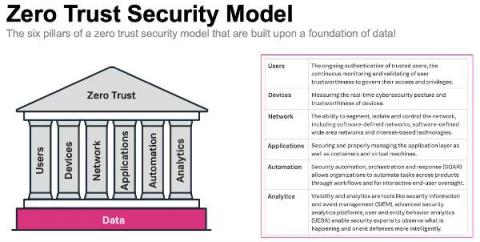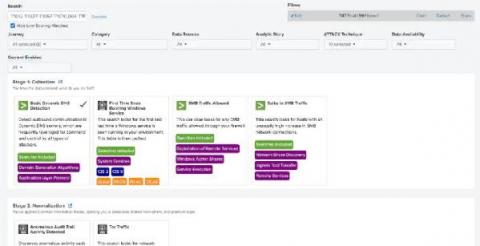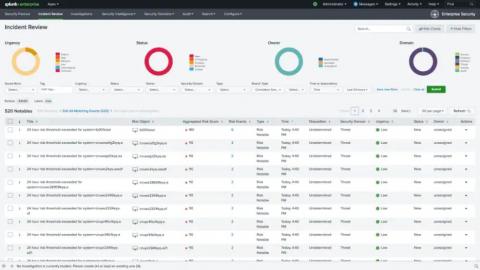Threat Advisory: Telegram Crypto Botnet STRT-TA01
The Splunk Threat Research Team (STRT) has detected the resurface of a Crypto Botnet using Telegram, a widely used messaging application that can create bots and execute code remotely. The STRT has identified attacking sources from China and Iranian IP addresses specifically targeting AWS IP address space. The malicious actors behind this botnet specifically target Windows server operating systems with Remote Desktop Protocol.







